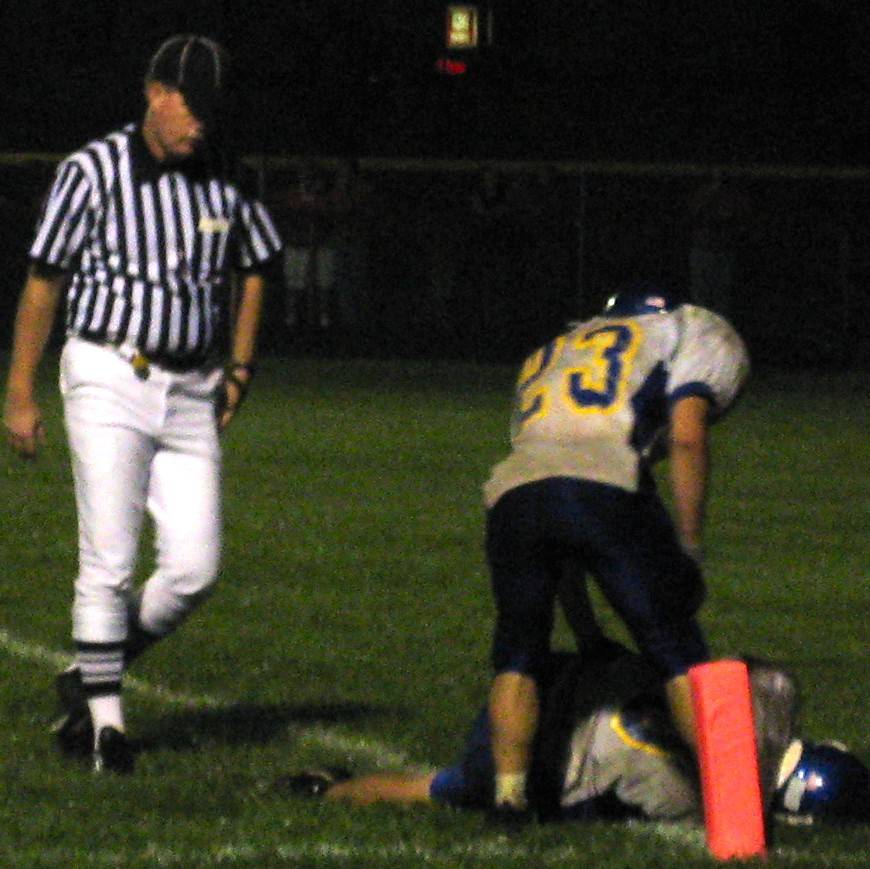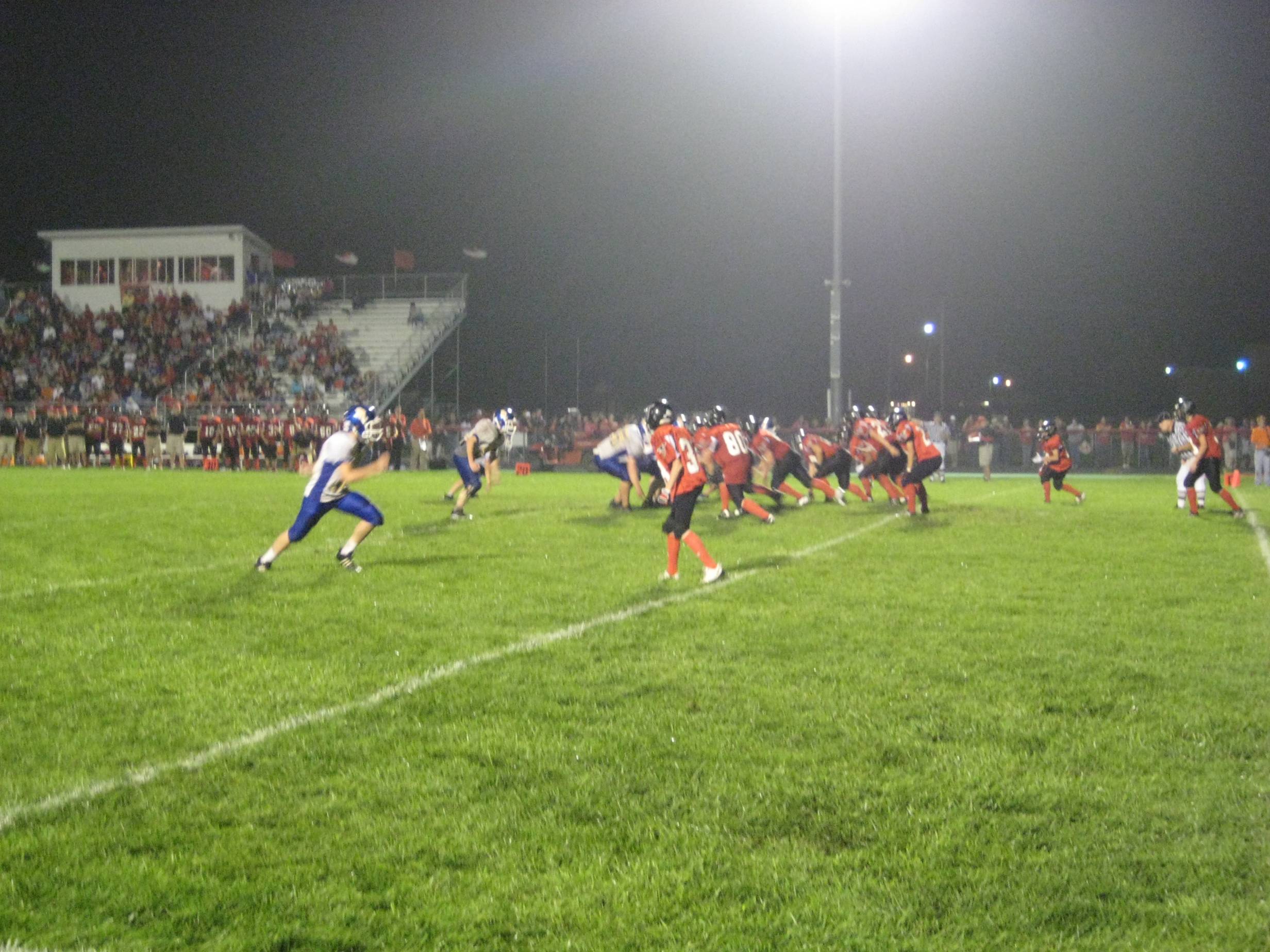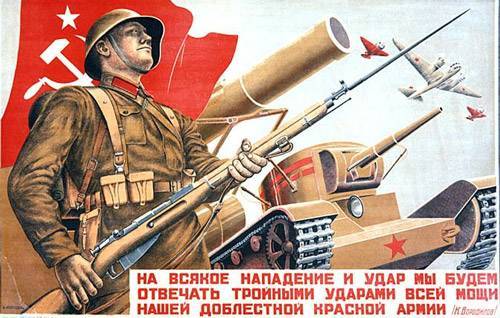 Matt Campbell contributed to this story
Matt Campbell contributed to this story
We were somewhere around Mahomet on the edge of a near-infinite expanse of gold-topped corn when we tossed the drugs out the car window. Posterboard fetuses float above industrial cropland, serene embryonic gods condemning us our sins on earth whether we abort them or not. That’s terrifying enough looking on from level and evenly spaced eyeballs — no need to introduce foreign agents of magnification into the equation.
And besides, high school football requires a certain degree of maintenance and faculty that is only barely accessible to me on the best of days. In the comfort of my living room. I have a vague sense of those who fill high school football stadiums in the lesser-populated regions of downstate Illinois: adults watching with one eye on the football game and the other on the incessant maneuvering of their teenage offspring. One might question the sudden appearance of a 30-year-old manchild in their midst, although notebooks and pens provide a handy alibi — a raison d’etre, if you will — and some semblance of an explanation for our sitting through the 55–8 shellacking that Gibson City-Melvin-Sibley put on Paxton-Buckley-Loda in the 2009 edition of the Hyphen Bowl. This is, of course, terrible prejudice to ascribe to the gun-toting God-clingers, but I’m in no danger of having Glenn Beck breathe down my neck about it. Just you, dear reader.
An old sporting cliché, equal parts magical and nausea-inducing, holds that when two spirited rivals get together, their players and coaches and fans toss won/lost records and statistical trends and God-knows-what out the window. It is the inherent drama and blind faith and old-fashion hatred that lifts these series above all else.
In the case of the Hyphen Bowl, that notion proved bullshit.
“It’s a cyclical thing,” a higher-up at one of the schools told us. “Right now, P-B-L is low in numbers. There aren’t as many kids out for football.”
That much was obvious, as was the unmistakable sense that he knew the Panthers didn’t stand a chance on this night against Gibson City — which is why he asked to remain anonymous.
Several partisan fans stressed an understanding that the “rivalry” is actually quite friendly, not like it was during that ugly stretch in the late 1970s and early ‘80s when fanaticism got the best of people who burned their names onto opposing fields or fired shotgun blasts into the night sky. This modern geniality is appropriate, for when football teams don’t despise one another, they simply play football, and the best team usually wins.
In recent vintage, the best team has been GC-M-S, which came into this contest ranked 8th among Class 2A schools in the preseason Associated Press poll. The Falcons boast a 36–15 record since August 2004, while P-B-L has gone 17–31 during the same period — including consecutive 1–8 campaigns the last two years.

Photos taken around the backs of the WCIA crew, who could barely contain themselves with the joy of not watching the game.
On the field, quarterback-linebacker-punt returner-kick returner-punter-placekick holder Stephan Birt and tailback-linebacker-punt returner-kick returner Michael Romshek shined. Birt hit Romshek for 52 yards on a fake punt to notch the game’s first touchdown, and later added a 40-yard scoring run on an option keeper. Romshek crossed the goal line three times more, once on a sprint from his own 27 and later on a 53–yard punt return.

Just off the field, a horde of Bolshevik throwbacks dubbed the “Red Army” exhorted their team on to victory with self-aware lunacy, playing a nice counterpoint to the standard cheerleader call-and-response songs
If truth be told, myriad other concurrent clashes betrayed a far more competitive edge than that of the 2009 Hyphen Bowl: Danville versus Bloomington, decided by a Viking field goal as time expired; moths versus nighthawks, in the glow of the stadium lights directly above Athletic Field in Gibson City; Rob McColley versus his neighbors, on a dog-infested Urbana street.
– – – –
Leaving the stadium, you realize just how many people make this destination #1 for Friday night. Everyone is here — the good kids and the bad; the kids your parents warned you about and those they hoped you’d befriend; those who will be attending U of I or Yale next fall and those who will be slinging crystal down in the parking lot.
The roads are dark on the way back and the towns slip silently by. Civilization is visible only in the yellow striped pavement valley between the corn walls and the glow of heavy industry off in the distance.
The light pollution tells us Champaign is close.








